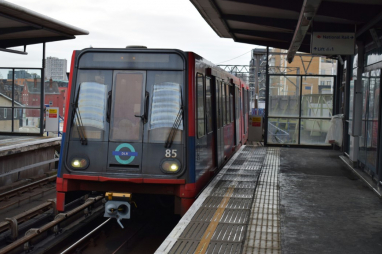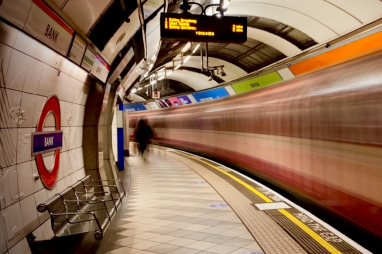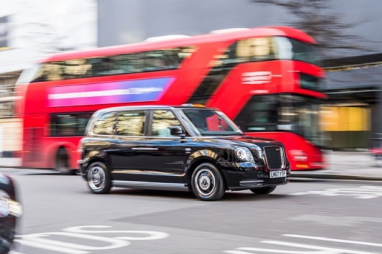- nike outlets have jordans
- adidas Samba Sizing: How Do They Fit? , adidas nebzed k eh2542 negras , IetpShops
- Nike air jordan max 13 hologram Bred Black Red 2019 Release Date , air jordan max 1 rebel chicago white varsity red black , IetpShops
- Sneakers Draked Viola
- SBD - You will love The Nike Air VaporMax Run Utility if - 700 Release Date - Nike Air Zoom Pegasus 36 Cody Hudson Yellow CI1723
- Usher Air Jordan 11 Gold Sample
- nike air force 1 low white gold dc2181 100 release date info
- Air Jordan 3 Rust Pink CK9246 600
- Air Jordan 1 Blue Chill Womens CD0461 401 Release Date 4
- nike air force 1 boot cordura black wheat university gold do6702 001
- Home
- News and analysis
- Info hubs
- Events
- Video
- Case Studies
- About us
- Magazine
- Advertising
Produced for the industry by the Association for Consultancy and Engineering
News
TfL launches consultation on plans to extend DLR

Transport for London is inviting people to have their say on proposals for an extension of the DLR – the Docklands Light Railway.
The preferred route is a cross-river extension of the DLR from Gallions Reach to Thamesmead via Beckton Riverside, and working with the Royal Borough of Greenwich and the London Borough of Newham two new stations would be created.
The plans would support the delivery of new transport links, homes and regeneration in Thamesmead and Beckton.
Consultation is now open until March 18, 2024. Public feedback will be used to help make decisions about the scheme and inform the designs and next steps.
The next stage in the process after public consultation will be progressing the scheme towards Outline Business Case.
TfL has been working together with the Royal Borough of Greenwich, the London Borough of Newham and the Greater London Authority (GLA), as well as landowners Peabody, Lendlease, abrdn, St William (Berkeley Homes) and Homes England to support the delivery of new homes, improved town centres and better access to jobs within and from Beckton Riverside and Thamesmead.
This will only be possible by improving public transport connections. The partnership is also working closely with government, demonstrating the importance of the project to the local and wider area.
The proposed DLR extension from Gallions Reach to Thamesmead via Beckton Riverside would connect two Opportunity Areas and four development sites.
A new DLR station would be built at Beckton Riverside, with a tunnel built under the River Thames linked to another new DLR station at Thamesmead.
It would build on experience from 2009 when the DLR was extended to Woolwich Arsenal, tunnelling beneath the River Thames, with housing growth following in areas including Woolwich, Canning Town and the Royal Docks.
With significant growth pressures on London and the South East, transport and housing infrastructure must keep pace with demand.
Forecasts suggest London’s population will have grown significantly by 2041, and that there will be at least an additional 800,000 jobs in the capital, which will create the need for more housing.
Providing new public transport options like the DLR extension would support low-carbon developments in Thamesmead and Beckton Riverside, unlocking the delivery of up to 25,000-30,000 new homes along the extended route.
It will also improve connectivity across the river and provide alternatives to private car use to lower future emissions and resulting pollution levels.
Investment in this scheme would support a UK-wide supply chain, supporting growth and job creation across the country.
The DLR extension would also directly support the creation of up to 10,000 jobs, benefitting London and the national economy, and it would provide quicker journeys to other parts of east London like Stratford and the Isle of Dogs, with direct connections to central London via the Jubilee and Elizabeth lines, transforming housing, employment and leisure opportunities for the people who live in the area.
The Mayor of London, Sadiq Khan said: "I’m excited for TfL to launch this consultation - extending the DLR will unlock huge opportunities for London, support tens of thousands of new homes, deliver new transport connections, and boost the economy, supporting the creation of thousands of jobs.
“Enabling the infrastructure needed for the capital’s growth is key to building a better, more prosperous London for everyone."
TfL and its partners submitted a Strategic Outline Case (SOC) to government in 2023 outlining how an extension of the DLR could have a transformative effect on the area.
While a key part of this work will be to identify options for maximising local and regional sources of funding, as well as driving cost and creating efficiencies, the scale of the projects mean that some degree of external support will be required.
Funding for the feasibility work has been provided to date by a partnership of private and public sector bodies with an interest in regenerating the area.
The aim is to agree an affordable solution by 2025, to enable construction to begin as early as 2028 and opening the DLR extension to customers in the early 2030s.
TfL is also introducing 54 new trains, with 33 replacing the oldest trains in the current DLR fleet and the remainder used to boost capacity and meet growing demand across the DLR network. These will be introduced from 2024, with the whole fleet in place by 2026.
Click here to respond to the consultation.





